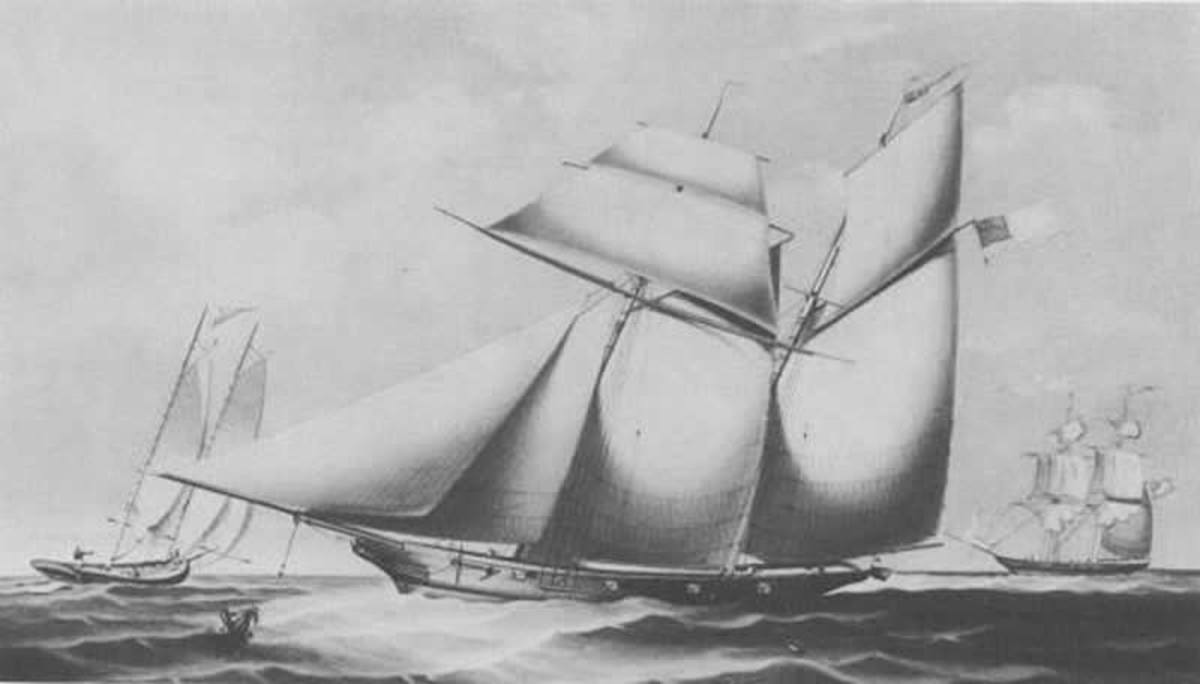The Portuguese seized the island of Sao Tome in the Gulf of Guinea and about 200 miles west of Gabon. The plantations were supposed to produce sugar for the European market. This was one of the earliest forms of black labor used to create white wealth. At the time the Portuguese already had similar plantations in Madeira and in the Southern part of Portugal. A typical plantation consisted of slave labor from Africa, managerial staff from Europe and agricultural products produced for the European market.
The demand for sugar started during the crusades but Europeans had no means to produce it to meet demand. From that time, they were constantly seeking ways to produce it at a low cost. Unfortunately, the process of producing sugar is very labor intensive. In the Mediterranean, slave labor existed where war prisoners were sold as domestic servants, laborers in mines and plantations. Prior to this period, most plantations were run informally, however, as new plantations emerged more formal management was required to ensure production targets were met.
When demand for slave labor in the Mediterranean increased more and more slaves were sought from places further away including Africa. By the 14th and 15th centuries, many slaves were now coming from Africa. When the Spanish set up plantations in the Canary Islands and the Portuguese on Madeira more slaves were taken from Africa to satisfy demand. When the Spanish moved to the Canary Islands, they brought with them diseases which killed the local citizens and therefore reduced the labor force for the plantations.
During the second half of the 15th century about 500- 1,000 slaves a year were transported from Africa to Portugal and the Atlantic Islands. By the second half of the 16th century, Brazil was quickly becoming the main center for slave labor. During the mid-17th century, the Dutch became the masters of maritime technology and soon enough also the masters of slave trade. The Dutch occupied northeast Brazil, captured Portuguese ports in Africa including Elmina. African slaves were also used for gold and diamond mining in Brazil and was also used in Chile, Mexico and Peru. It is estimated that about 80% of African slaves were sent to tropical plantations.




